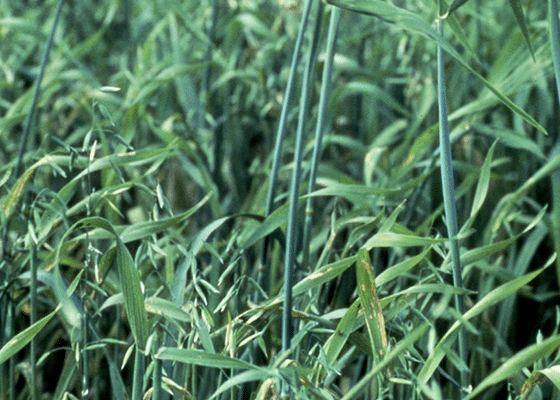Menu
Symptoms of Manganese Deficiency in Cereal Grains
Manganese is immobile in the plant, so its deficiency appears as reduced or stunted growth with interveinal chlorosis on younger leaves. Cereal grains can develop gray spots on their lower leaves, and legumes can develop necrotic areas on their cotyledons. Soybeans and potatoes commonly show interveinal chlorosis on the upper leaves while veins remain green. Leaves become pale-green first, then pale-yellow. Brown, dead areas appear as the deficiency becomes acute.

Manganese Deficiency: Gray spots on lower leaves

